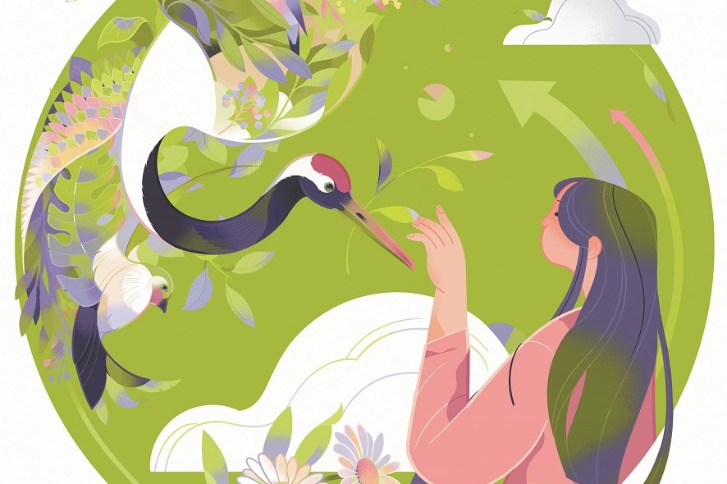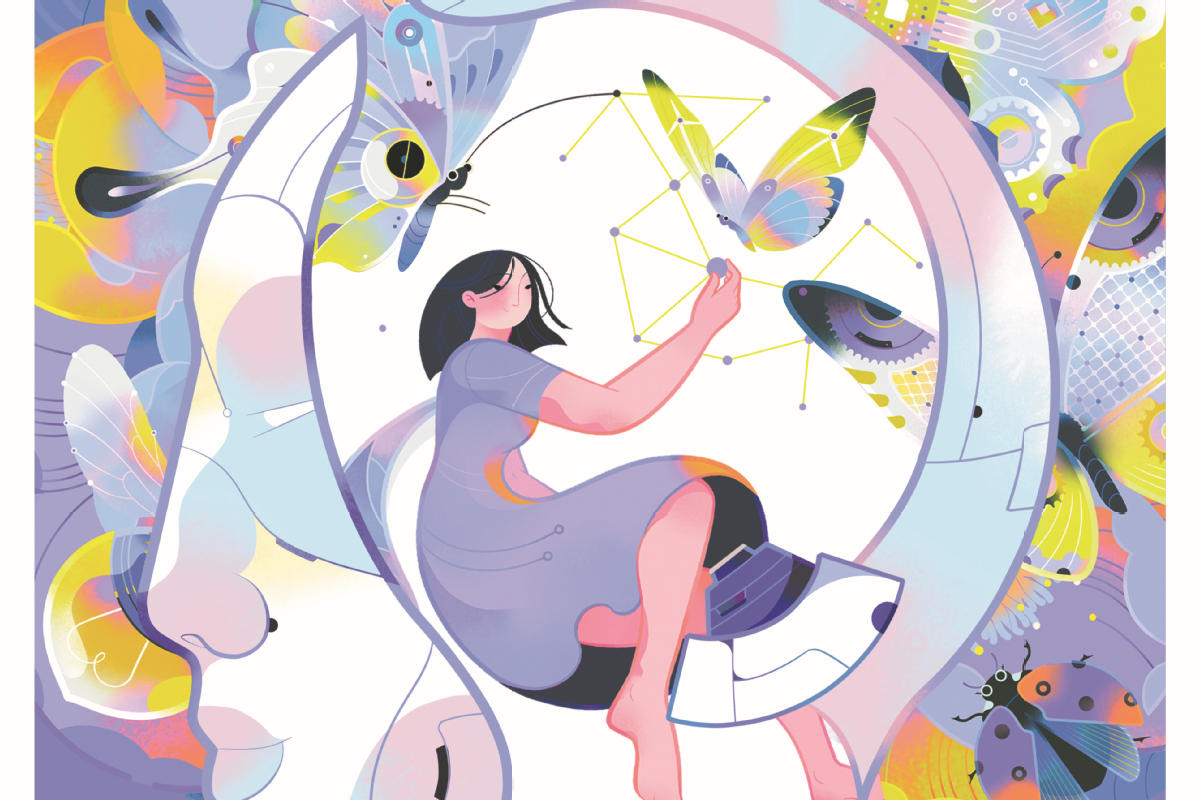Where did golf really originate? Hint: It wasn't in Scotland

When I decided to take up golf again, I went to the Topgolf driving range with my brother, who had free passes.
Topgolf is a swanky venue, with high-end restaurants and shops and lots of snooty rich people examining expensive equipment and golf fashions.
But I knew something they didn't know: They probably thought golf originated in Scotland. But it didn't. The game was actually invented in China.
I shouldn't have been surprised to learn this. A culture that stretches back at least 5,000 years is likely to have invented a lot of things, like firecrackers and noodles.
A few scholars even think golf was invented around 2599 BC during the time of the mythic Yellow Emperor, but there's little support for that. Yet, they are partly right: It was China.
Like most people, I had always pinned golf's origin to 15th century Scotland, where the windswept coast, rocky outcrops and green pastures with grass-nibbling sheep provided natural ground for the game.
But in his book on the history and ethics of golf, Lu Bin of Beijing, a former golf club executive, ecological expert and devotee of Chinese calligraphy, makes a compelling case that golf began in China around 1,100 years ago and migrated to Scotland via the Silk Road.
The game rapidly gained popularity among Chinese aristocrats, who took it as the embodiment of their status and good manners.
The book, soon to appear in English, proves Lu's thesis as near conclusively as it's possible to get with history.
The author is careful to note that in tracing the origin of any sport, one must be careful to consider only possible ancestors exhibiting the key defining ingredients of the game. In golf that means a ball, a club and a hole.
No other contender for the honor of golf's granddaddy makes any sense. Not Japan, not the Netherlands, not Germany, not Italy. There is debate about this, but all these places have too many historical deviations-a peg instead of a hole, horses instead of players on foot. All of them lack direct evidence and are speculative.
By contrast, after golf arrived in Europe with Silk Road merchants and settled in Scotland, it never strayed from its essence of a ball, a club and a hole.
From at least the Five Dynasties and Ten Kingdoms period (907-960) in China, one can find hard evidence that the essential elements of the game came together here.
"Its pedigree is strong, if not absolutely conclusive, from its core elements (ball, club and hole) to its competitive format and its all-important cultural connotations," the author writes.
Those "cultural connotations "add their own compelling gravity. The original golf culture, with strong Chinese characteristics, has survived to this day among professional players and amateurs alike. It involves high ethics of fairness and sportsmanship in a game played in a setting of natural beauty.
Wang Heqin, a scholar of the Yuan Dynasty (1271-1368), wrote about "playing ball amid the blossoms". He vividly describes a day in which a golf competition was held at a suburb of a major city.
"A spring day outing in a suburb of Phoenix City; finding a field, spacious, smooth, level and favorable for play; bathing in the fragrance and beauty.…(The) wealthy, rolling up their sleeves, looking around, observing, searching high and low, looking far and near to confirm the accuracy of direction and distance; standing on the fairway and making a three-quarter swing of the club; ball flying like an arrow, falling at a point not beyond the calculated position; seeing the ball rightly fall into the hole on the side of the field filled with blossoms and willows; not an inch more, not an inch less."
Many more descriptions are found in poems of the Yuan Dynasty and Ming Dynasty (1368-1644).
Pictures of people playing the game were printed on porcelain or depicted in murals.
Under Kublai Khan, people were told that golf was the preferred game to play when wealthy young men and women met for a date.
Proper behavior and self-discipline were required, the author writes. Courtesy was the rule, and scoffs were reserved for anyone who behaved inappropriately, such as "breaking club in half" or "stamping and screaming".
Golf, like Chinese calligraphy, is quintessentially about self-control-I suppose because it's quintessentially frustrating. The old saying rings true: If you want to know a person's moral quality, play golf with him.
Early on in China, the game had taboos on such things as being late, borrowing a club, moving a ball and disturbing others' hitting.
Etiquette and respect for others-even providing advantages to weaker players (akin to today's handicap system)-was reflected in the high moral character of a gentleman in ancient China and have carried through to modern times.
I guess that's why all the other players at the Topgolf facility frowned or grimaced in horror when I missed my tee shot entirely-whiff!-and caught me stamping and screaming in frustration.
The group shaming was effective. After that I behaved.


Today's Top News
- Five continents, five rhythms in 2025
- Lawmakers review draft law to expand childcare services
- China's new-style tea brands find a hot new market in US
- Xi extends congratulations to Chilean president-elect
- Japan urged to stop provocative moves
- Shanxi ends province-wide blanket fireworks ban






























